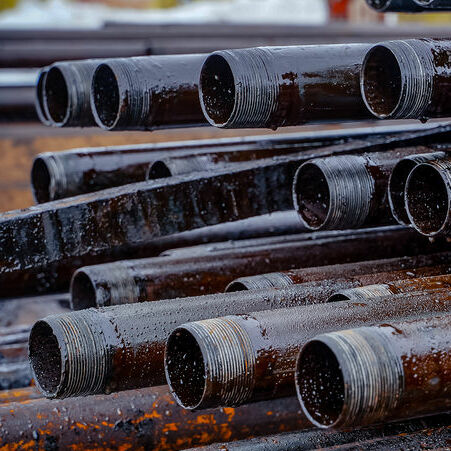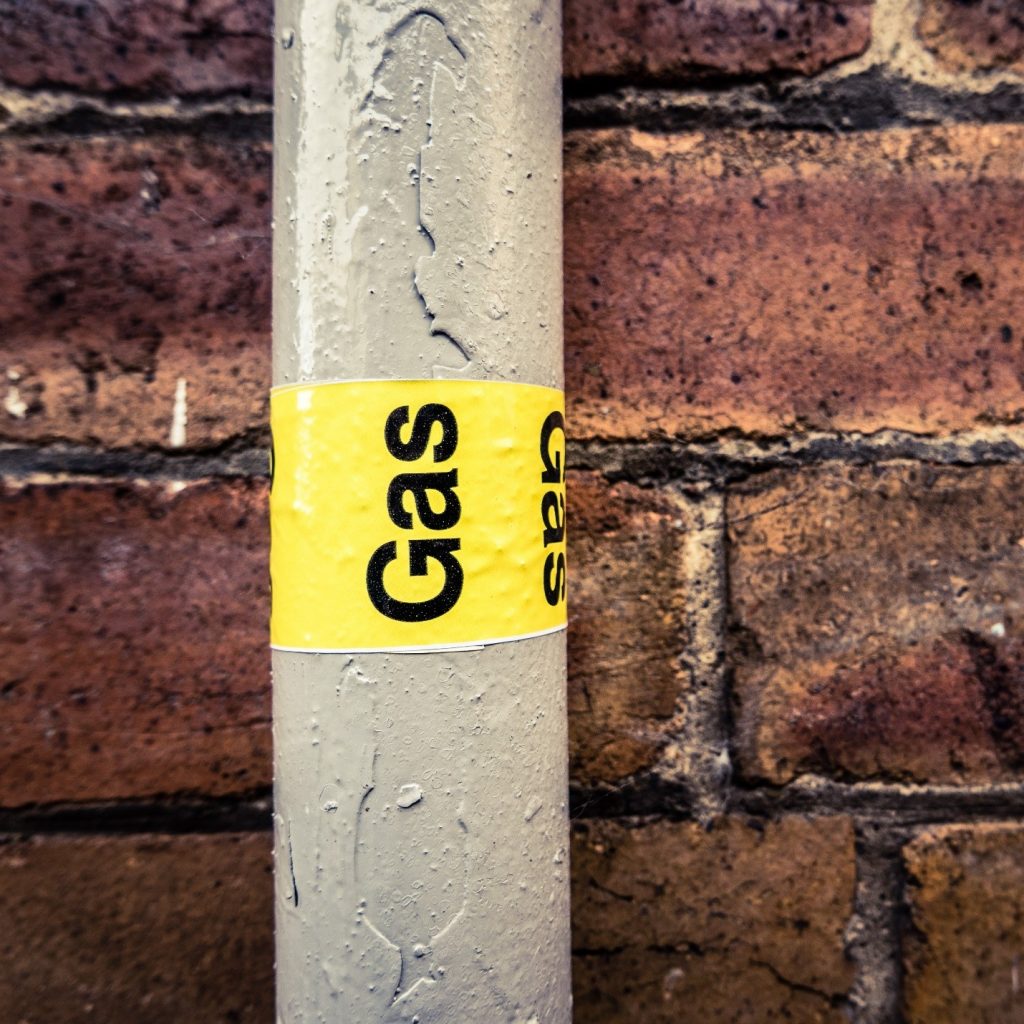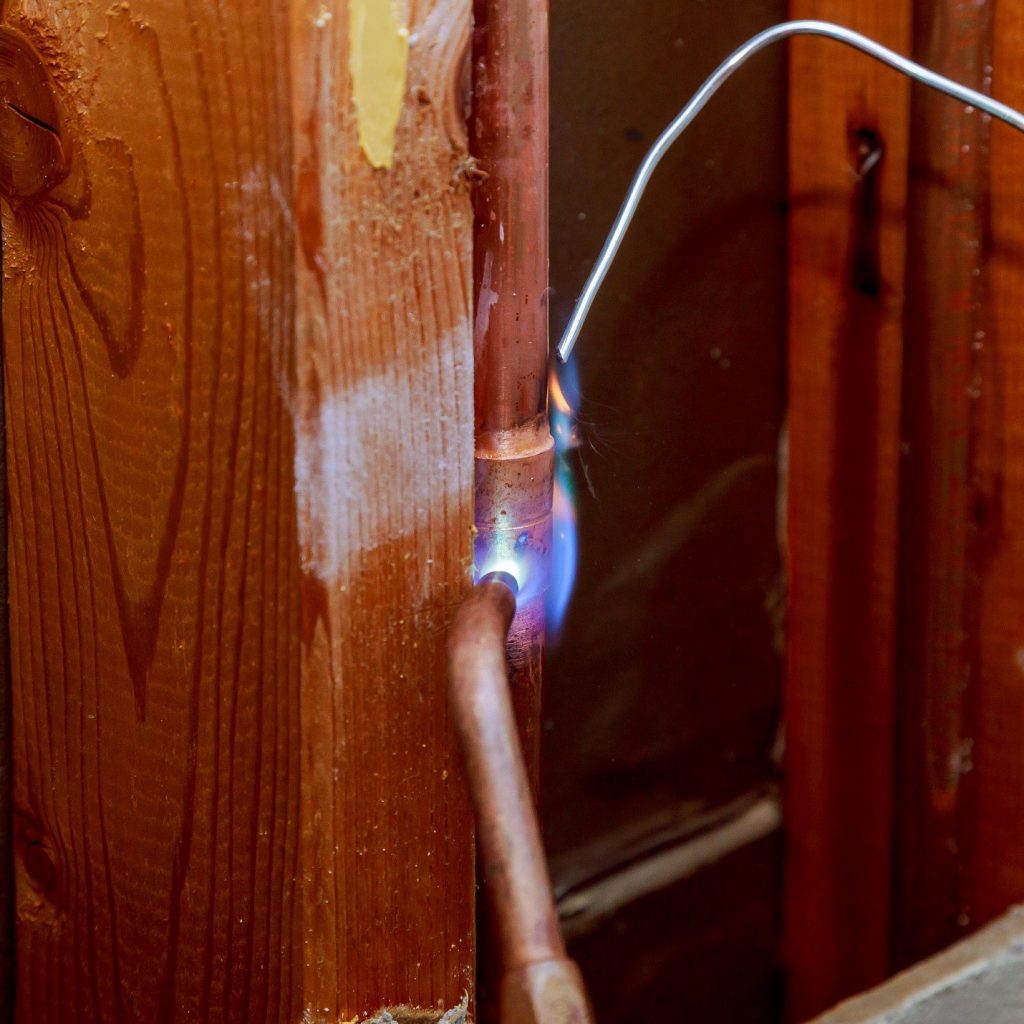
How Does a Directional Drill Work?
When you need directional drilling services, it will be important for you to understand how they work. Directional boring, which is also known as HDD, is accomplished in three phases. The first phase includes drilling a small diameter pilot hole along a directional path. This directional path will be charted from one surface point to another. The next thing that will need to be done is to enlarge the pilot hole to a diameter that will facilitate the installation of the future pipeline. After that, the pipeline is pulled into the large hold and creates a continuous segment of the pipeline that is only exposed through the two outlined holes.
How Far Can a Directional Drill Go?
Are you wondering how far a directional drill can go? If so, it is important for you to have all the answers. If you drill to targets that are laterally distant from the surface location, you will need to practice careful planning. The design must also be perfect. Currently, the record stands at wells over six point two miles away from the surface location at a true vertical depth of only five to eight thousand feet.
How Do You Get Into Directional Drilling?
Many people who are interesting in the engineering aspect of drilling wish to know how they may get started in the industry. In order to become a directional driller, an individual needs to have an excellent level of mathematical and problem-solving skills. An individual will need to attend a program at a directional drilling school. These programs can take up to eight weeks for completion. It is also important to consider that these programs will teach the necessary skills and responsibilities associated with directional drilling.
Why is Horizontal Drilling Better?
There are a number of experts who believe that horizontal drilling is a better alternative to directional drilling. This is because horizontal drilling at an angle other than vertically can stimulate reservoirs. It can also secure information that that would be impossible to secure without drilling vertically. Some experts stipulate that horizontal drilling can increase the contact between the reservoir and the wellbore.
What is the Difference Between Directional and Horizontal Drilling?
Are you wondering what the difference is between directional and horizontal drilling? If so, it will be important for you to understand all the nuances of these two drilling styles. Please review the following bullet-pointed list to discover more.
- Directional drilling. Directional drilling is the procedure of drilling that controls the direction and deviation of the drilling. This is due to a program that is instilled during the planning process.
- Horizontal drilling. Horizontal drilling is known as the process of drilling where the direction of the well is horizontal.
Why Directional Drilling
Are you wondering why directional drilling is utilized? There are some important reasons pertaining to why. For instance, directional drilling is very useful for retrieving resources when the shape of the reservoir makes vertical drilling less effective. It is also popular in instances where the oil or gas is trapped in rock and isn’t able to flow into a big reservoir.
Who Invented Directional Drilling
Are you wondering who invented directional drilling? Believe it or not, Cherrington is the name of the engineer. Cherrington conjured up the idea of horizontal directional drilling in the early 1960s. He thought of this idea while he was working at a utility installation company in Los Angeles, CA. Apparently, while Cherrington was out on a job, he witnessed another company performing a job using a hand-held air drill for a gas line installation.
How Far Can Directional Drilling Go
As previously alluded to, there are records that pertain to how far directional drilling can go. Many aspects of the plan must be perfectly calibrated in order to accomplish the task of drilling a great distance successfully. Currently, the record stands at 6.2 miles away from the surface location at a true vertical depth of five to eight thousand feet. With the right tools, the right plan, and safety precautions in place, directional drilling can be accomplished with a set goal in mind.

When Was Directional Drilling Invented
As previously mentioned, horizontal drilling was conceived in the 1960s in Los Angeles, California. Directional drilling is slightly different and involves more processes. Directional drilling was invented in the 1970s. Directional drilling is a method that is actually an outgrowth of the oil well drilling technology. It was apparently first developed in the 1970s by the Titan Construction company, which is based in Sacramento, California. Since then, these processes have been modified and adapted from their original conceived idea, and are used to great effect in drilling procedures today.
If you have need of directional drilling in St Louis, MO, please give us a call today at 314-348-7503.



















